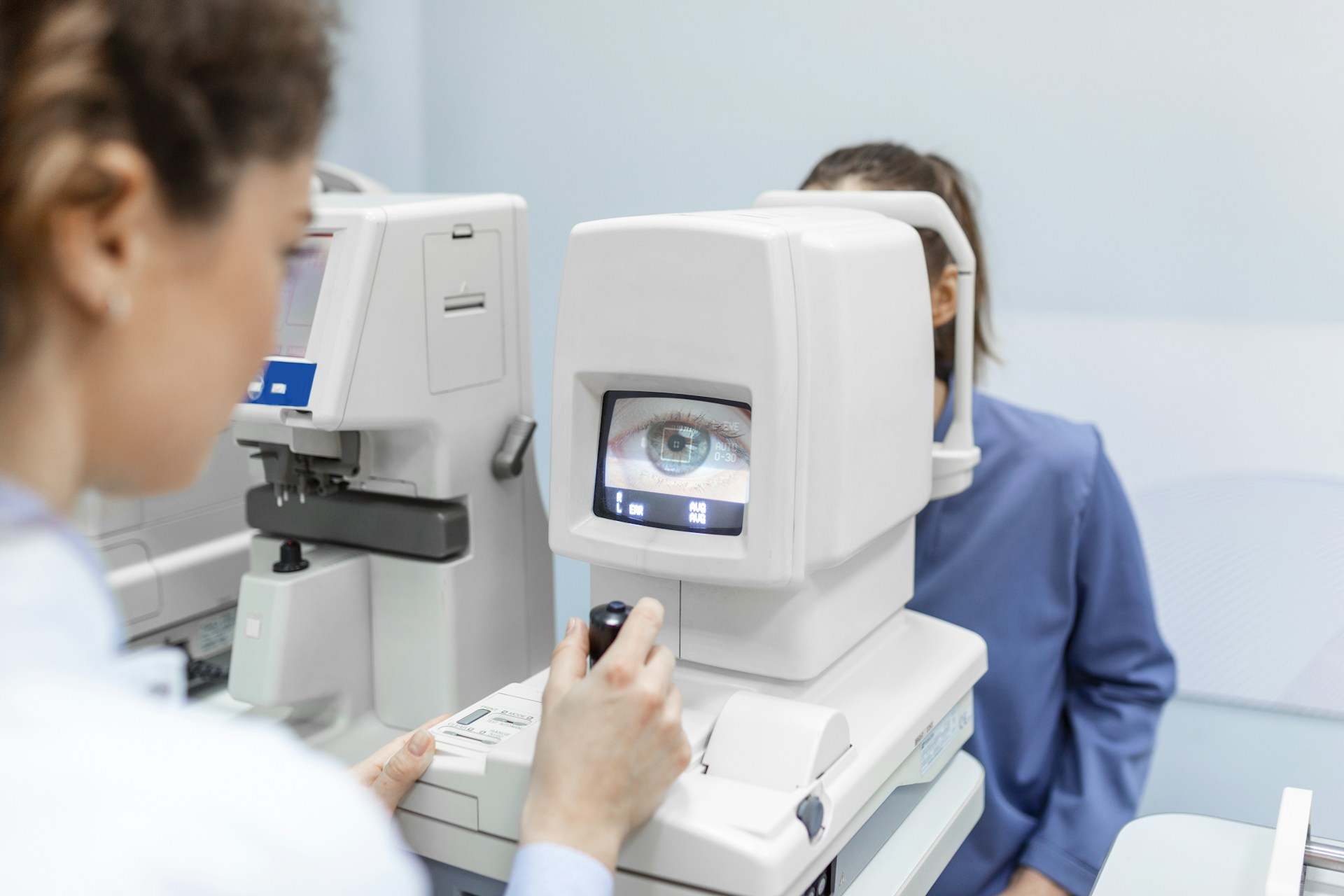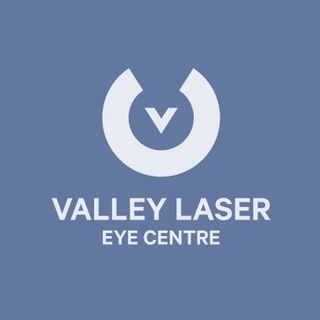Presbyopia is a common age-related vision condition that typically becomes noticeable around the age of 40. It affects the eye’s ability to focus on close objects, making tasks like reading, sewing, or using a smartphone difficult. As we age, changes in the eye’s lens contribute to the development of presbyopia, impacting the clarity and flexibility of our vision. At Valley Laser Eye Centre, we understand the challenges that presbyopia can pose to daily life, and we are committed to providing effective solutions to help manage this condition and maintain great vision quality. In this blog post, we will explore the essential aspects of presbyopia, its symptoms, and the comprehensive treatment options available at our centre.
Presbyopia occurs due to the natural aging process, which leads to a gradual loss of flexibility in the eye’s lens. As the lens becomes stiffer and less able to change shape, it becomes more challenging for the eye to focus on objects at close range, resulting in blurry vision and difficulty performing close-up tasks. This change in vision is a normal part of aging, and most people will experience some degree of presbyopia during their lifetime.
Recognizing the symptoms of presbyopia is crucial for proper diagnosis and treatment planning. Common symptoms include difficulty reading small print, needing to hold objects farther away to see them clearly, and experiencing eyestrain or fatigue when trying to focus on near work. If you are experiencing any of these symptoms, it’s vital to have a comprehensive eye examination to assess your vision and determine the most appropriate treatment options to address your specific needs.
Symptoms of Presbyopia
As presbyopia develops, it can impact our ability to perform daily tasks that require clear near vision. Understanding the symptoms of presbyopia is essential for early detection and treatment planning. Some common signs of presbyopia include the following:
1. Difficulty focusing on close-up tasks: Reading small print, using a smartphone, or working on intricate projects may become challenging as your eyes struggle to focus on near objects.
2. Eyestrain and fatigue: As your eyes work harder to focus on close tasks, you may experience eye strain, fatigue, or even headaches after prolonged periods of near work.
3. The need for increased light when reading: Many people with presbyopia find that they require more light when reading or working on close tasks, as it becomes difficult to see clearly in dim lighting conditions.
Diagnosis and Assessment of Presbyopia
A comprehensive eye examination is crucial for diagnosing presbyopia, assessing its severity, and determining the appropriate course of treatment. During an eye exam, your eye care professional will evaluate your overall eye health and check for any changes in vision or ocular conditions. Some common tests used to diagnose presbyopia include the following:
1. Visual acuity test: This test measures your ability to see at various distances, typically using a Snellen chart with letters of decreasing size.
2. Refraction test: Using a device called a phoropter, your eye care professional will determine the lens prescription needed to achieve clear vision at all distances.
3. Eye health examination: In addition to assessing refractive errors, your eye care professional will evaluate the overall health of your eyes, checking for any ocular conditions that could be contributing to vision changes.
Based on the results of these tests, your eye care professional can determine the severity of your presbyopia and recommend appropriate treatment options.
Effective Treatment Options
At Valley Laser Eye Centre, we offer a range of effective treatment options to help manage presbyopia and maintain excellent vision quality. Some common presbyopia treatment options include the following:
1. Corrective Lenses
For many people, presbyopia can be effectively managed with the use of corrective lenses, specifically designed to provide clear vision at close range. There are several types of corrective lenses available, including:
- Reading glasses: These over-the-counter glasses are designed to provide clear near vision and are available in various strengths or diopters. Reading glasses are often sufficient for individuals who do not require vision correction for distance.
- Bifocals: Bifocal lenses include two distinct areas of focus, with one portion of the lens designed for distance vision and the other for near vision. This dual-focus design allows for seamless vision correction for both distance and near tasks.
- Progressive lenses: Similar to bifocals, progressive lenses provide vision correction for both distance and near tasks, but they feature a gradual transition between the two areas of focus. This design offers a more natural appearance and generally a smoother adaptation process.
2. Contact Lenses
For those who prefer not to wear glasses, contact lenses can offer an alternative solution to manage presbyopia. Options include multifocal lenses or monovision lenses, both of which cater specifically to presbyopia treatment.
- Multifocal contact lenses: These lenses provide clear vision at multiple distances and work similarly to multifocal eyeglasses, allowing for improved near and distance vision without the need for additional corrective eyewear.
- Monovision contact lenses: With this approach, one eye is corrected for distance vision and the other for near vision. The brain naturally selects the appropriate eye to use for different tasks, offering clear vision at various distances.
Refractive Surgery Procedures
For certain patients, refractive surgery may be a suitable option to reduce dependence on corrective lenses for both distance and near vision. Some surgical options for presbyopia correction include the following:
- LASIK: Laser-assisted in situ keratomileusis (LASIK) is a popular refractive surgery procedure that reshapes the cornea to improve vision. Monovision LASIK can be used to correct one eye for distance and the other for near vision.
- PRK: Photorefractive keratectomy (PRK) is another laser refractive surgery option that can address presbyopia, similar to LASIK, and can be performed as a monovision procedure as well.
Conclusion
Presbyopia is a common age-related vision condition that can impact our ability to see clearly at close range. By understanding the causes, symptoms, and available treatment options, we can take a proactive approach to managing presbyopia and maintaining excellent vision.
Find an expert ophthalmologist in Abbotsford at Valley Laser Eye Centre. We are committed to providing customized, comprehensive care for our patients to ensure the best possible vision outcomes. We’re a vision correction center with state-of-the-art technology, a comfortable setting, and amazing staff. Reach out to us today to learn more about how we can help you navigate presbyopia and enjoy clear, comfortable sight!
Disclaimer: This blog post does not replace medical advice and should not be implemented before consulting a fully certified medical professional.





